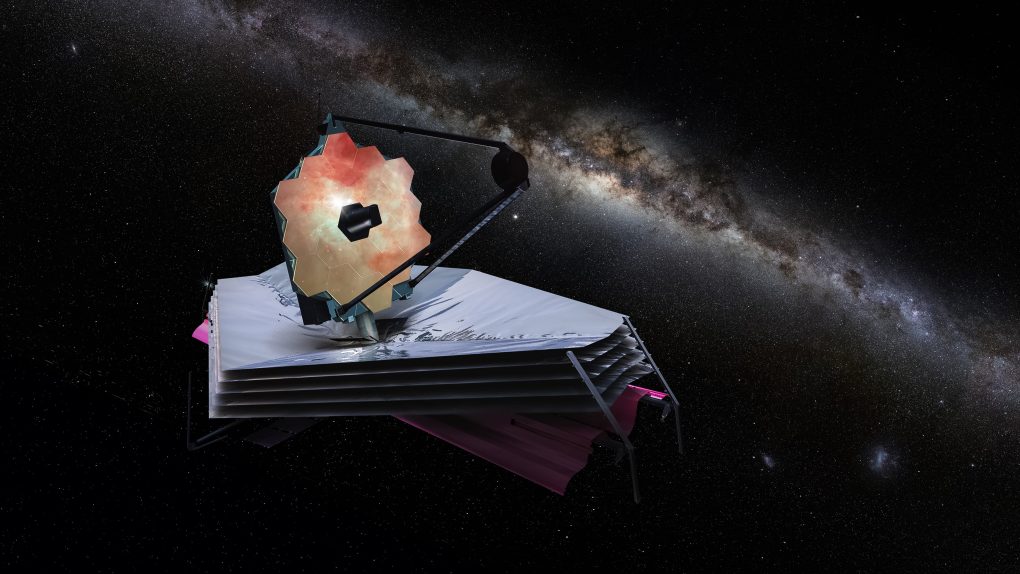Astronomers have now identified the tiniest brown dwarf, which is believed to be only three to four times the mass of Jupiter. The discovery was made using the James Webb Space Telescope, and it could provide new insight into these planet-like objects that form the same way stars do.
I say planet-like because brown dwarfs are not actually considered stars or planets. In fact, they straddle the line that divides planets and stars. They form similarly to other stars. However, they do not grow dense enough to collapse under their own gravity the way that stars typically do. They also never grow hot enough to begin fusing hydrogen, which is necessary for a star to exist.
The discovery of the tiniest brown dwarf we have ever discovered is exciting because many of these objects are comparable to giant planets on the low end of the scale, usually only weighing a few times the mass of Jupiter, the largest planet in our solar system.

Astronomers discovered the new tiny brown dwarf while searching for the smallest stars, Kevin Luhamn, lead author of a new study on the object, says. Finding the answer to this question could help us better understand star formation as a whole. Of course, it might also require us to decide whether they are actually stars or planets, too.
It’s also believed that brown dwarfs could help us better understand exoplanets. The least massive of these objects often overlap with the largest of the exoplanets we discover. Further, this newly discovered tiny brown dwarf also has provided evidence of an unidentified molecule of hydrocarbon.
Hydrocarbon molecules like this are believed to contain both hydrogen and carbon atoms and similar signatures were detected in the atmospheres of Saturn and its moon Titan. It’s also been seen in the gas between stars, which brings even more questions to the top of the research pile.
A full paper on the discovery is featured in The Astronomical Journal and details how the researchers discovered the tiniest brown dwarf we’ve found yet.







